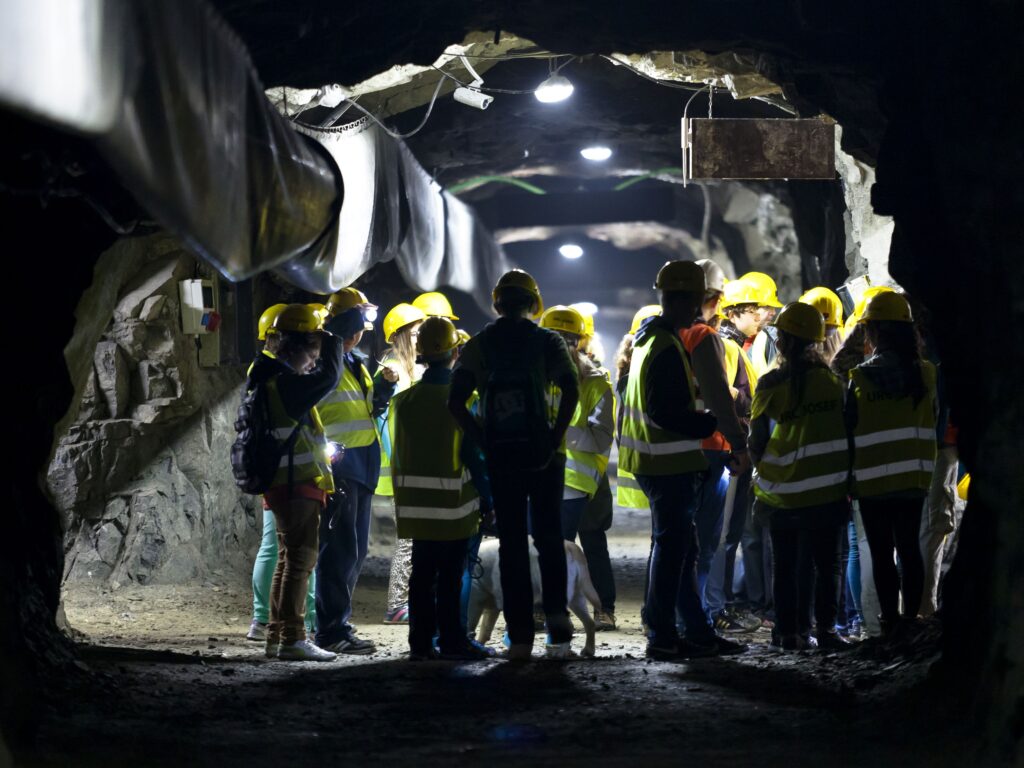History of the Josef mine
History of the Josef mine
The Mokrsko – Čelina district in which the Josef gallery is located forms part of an extensive gold-bearing clay zone. Historically, around 3,000 mine shafts have been registered in the Jílové district covering an area of approximately 25 km2. Gold was panned in the area as early as in the 1st century BC. In medieval times, as many as 500 mines were worked in the area, some of which in the time of Charles IV (around 1350) reached depths of 150–200 m. Mining continued to flourish into the following centuries before the onset of a gradual decline. Only the technical advancements of the 20th century allowed for the re-starting of mining activities, albeit only for a short time.
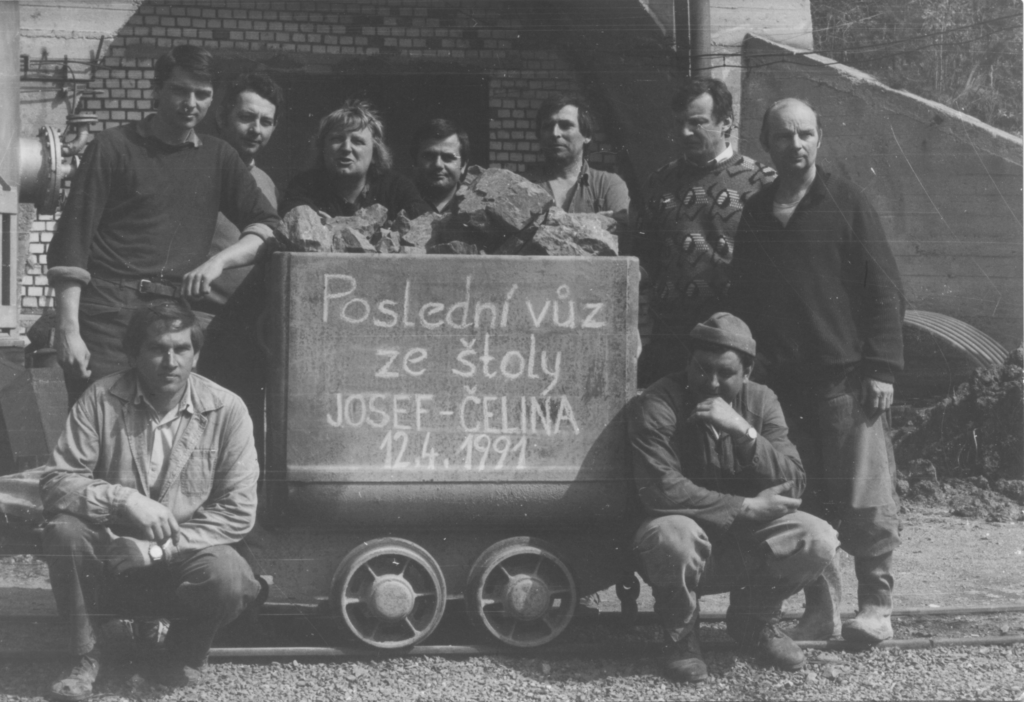
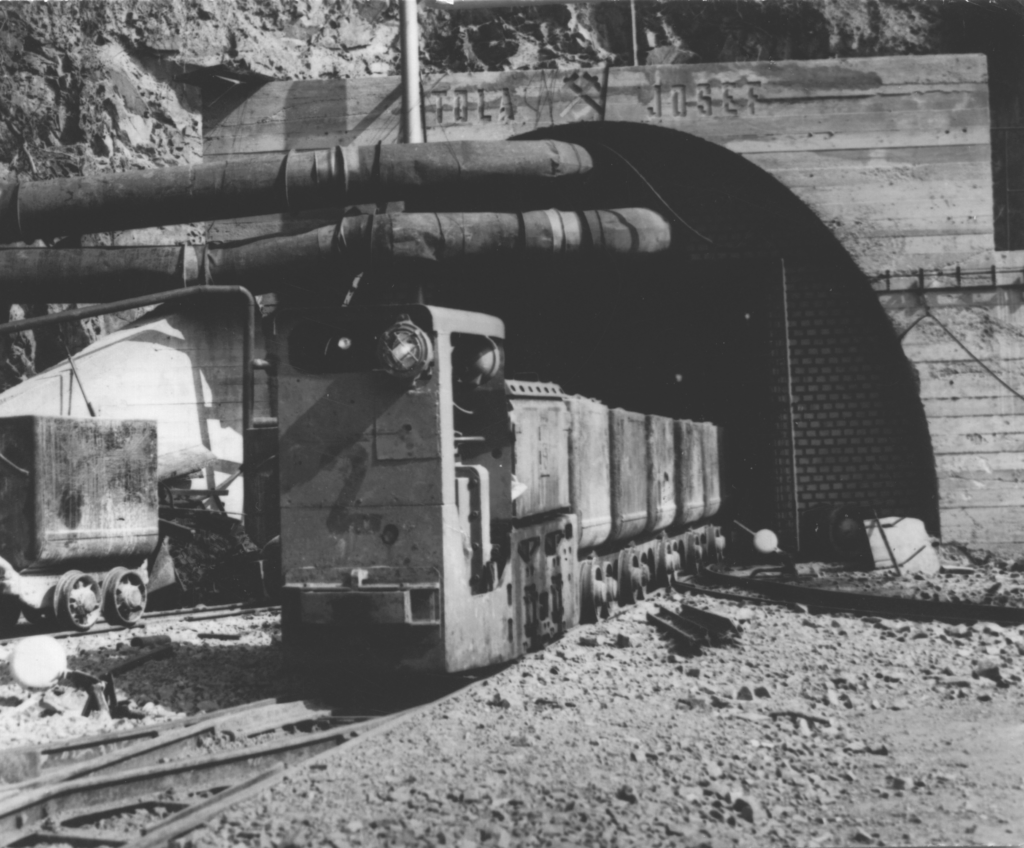
Between 1958 and 1968, the area produced 1,133 kg of gold from a total of 420,000 tonnes of ore with an average grade of 3.2 g Au/tonne. Mining was discontinued in 1970 due to unprofitability. A survey of the remaining deposits in the area was commissioned in 1981, as part of which, the Josef exploratory tunnel was excavated, which led to the discovery of significant gold-bearing deposits near the villages of Čelina and Mokrsko, at the site of previous mine workings. Subsequently, 19,500 tons of ore with an average metal content of 1.6 g Au/tonne were extracted from the deposits in 1989 to 1991. Mining exploration ceased at the Josef site in 1991 and the entrance portals were sealed with concrete plugs in 2000 to prevent unauthorised access.
Creation of the Josef Underground Laboratory
The CEG was established as facility of the Faculty of Civil Engineering of the Czech Technical University, Prague on 1 January 1998. One of the most important milestones concerned 2007 when the first 620 m of underground corridors were commissioned and opened for teaching and research activities in the former Josef exploratory tunnel located near to the Slapy reservoir on the Vltava river.
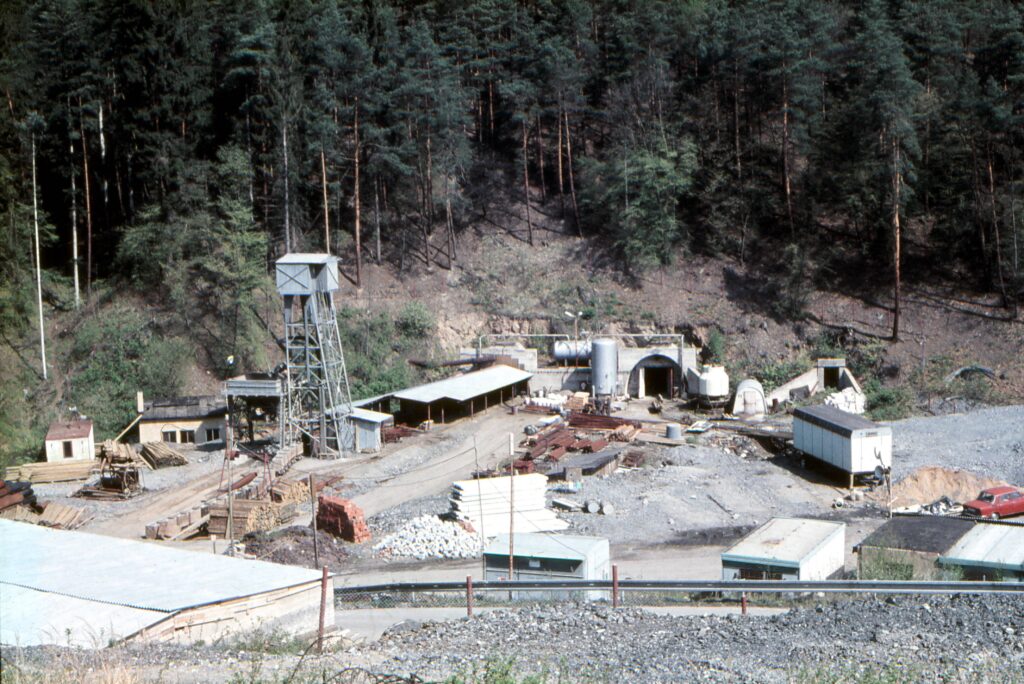
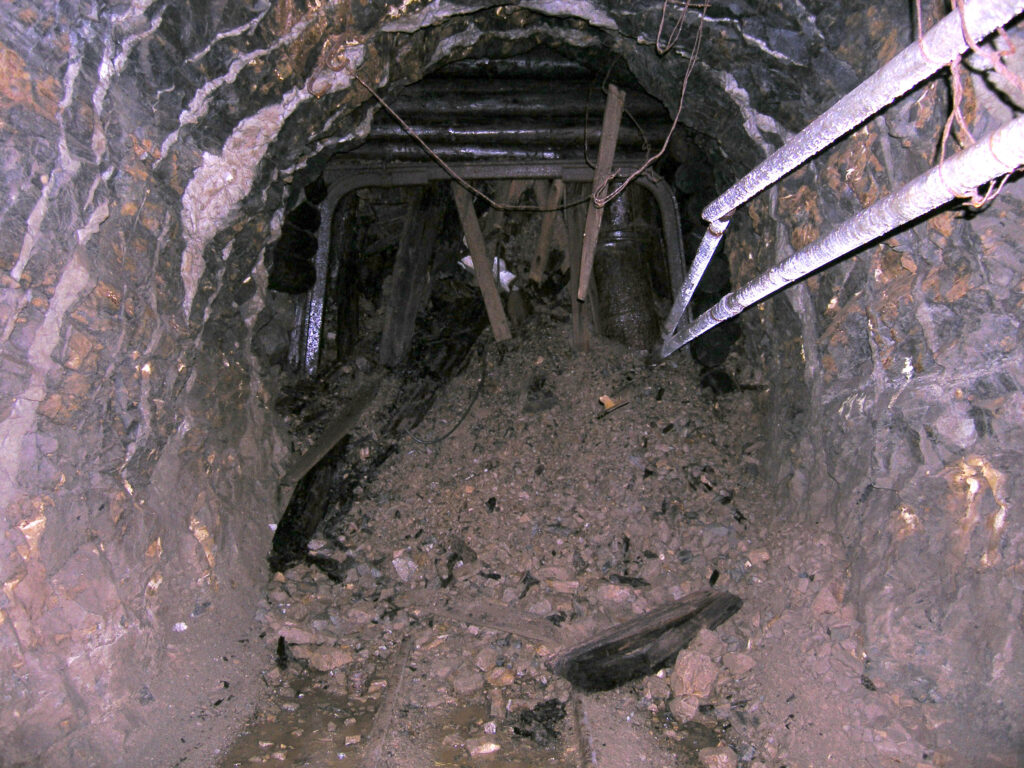
Construction work on enhancing accessibility to the underground spaces took place between September 2006 and February 2007. The construction documentation for the underground complex was managed by IKP Consulting Engineers, s.r.o., who also provided consultation services. The above-ground complex was designed by ASA Project Příbram and constructed by Metrostav, a.s.
The decision to establish an underground laboratory and experimental complex was inspired by a similar facility operated by the Colorado School of Mines, Golden, Denver, USA.
The Colorado School of Mines operates the Edgar Experimental Mine located in Idaho Springs for the practical teaching of, and research into, subjects related to geotechnics, geology and mapping. Similar workplaces also exist in European countries. The motivation for establishing the Josef Underground Laboratory was based on the assumption that the need also exists for the development of the experimental research activities of universities in the Czech Republic, mainly in the fields of materials engineering, environmental geotechnics, geology and hydrogeology in a natural in-situ environment. A further important assumption was that the establishment of the Josef facility would contribute to improving cooperation between universities and the institutional and commercial sectors.
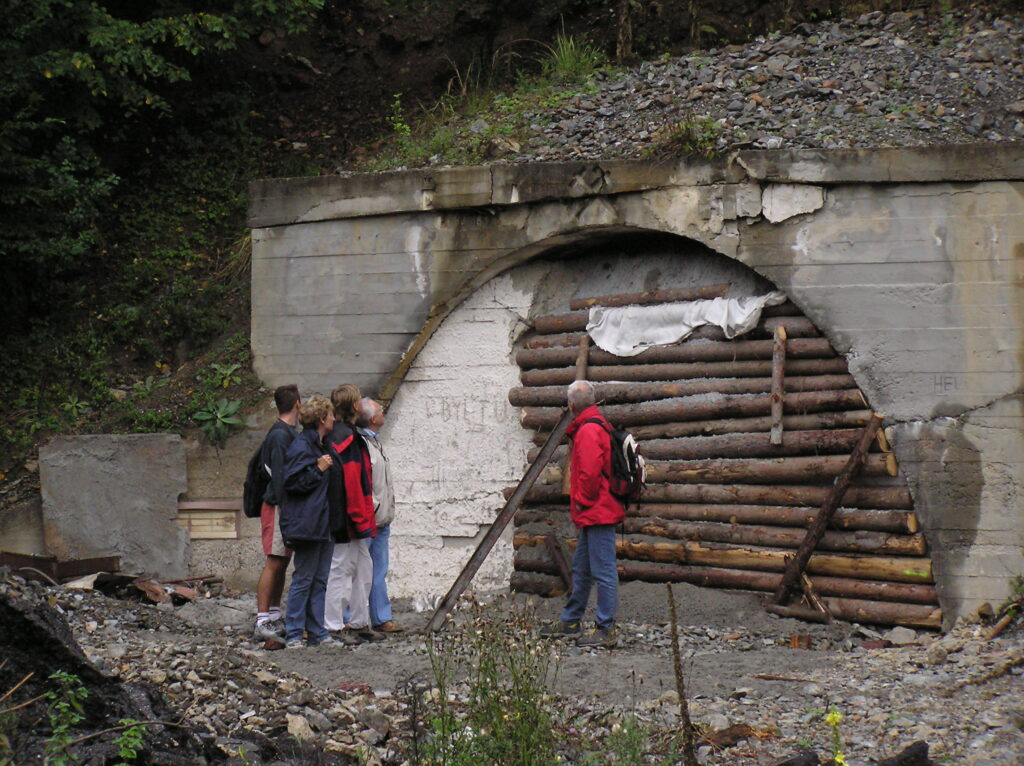
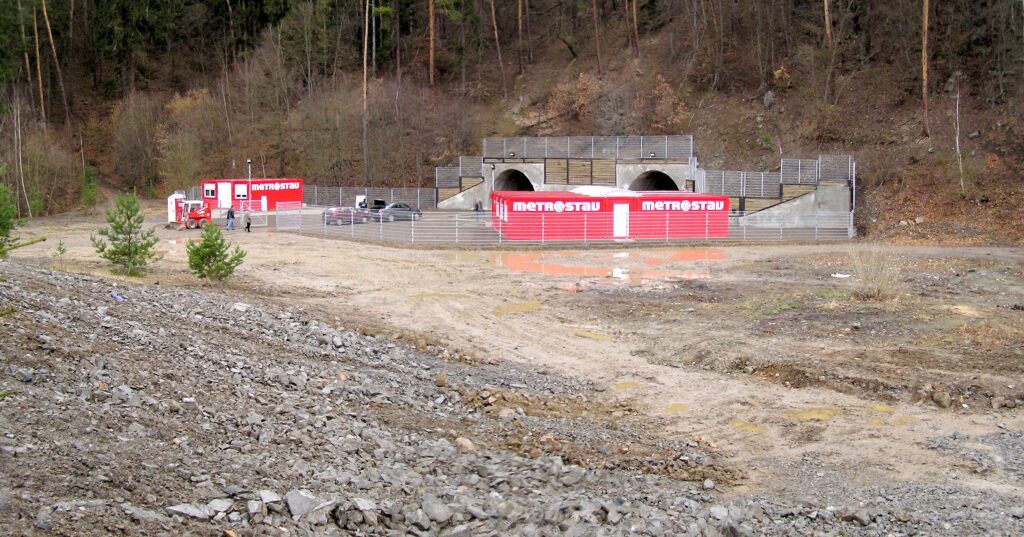
The following basic assumptions were defined when searching for a suitable underground mine working:
- financial feasibility (purchase price, operating and eventual closure costs),
- varied geological conditions (non-monotonous geological formations),
- the option to expand in the future (sufficient space for experiments),
- distance of up to 60 km from Prague.
The most important condition when choosing the site concerned the need for a horizontal mine working rather than a vertical or inclined shaft, which would be much more financially demanding in terms of operation. The economic considerations clearly indicated that the Josef underground former mining complex would be the most favourable option. The Faculty of Civil Engineering of the Czech Technical University, Prague concluded a contract on 31 March 2005 with the owner of the abandoned mine, the Ministry of the Environment of the Czech Republic, to allow the complex to be used for study, educational and research purposes. The establishment of the underground laboratory was supported by the Chotilsko municipal council and the owner of the surrounding land, Lesy ČR, a.s. Metrostav a.s. was a key partner in the project.
Current options for using the Josef Underground Laboratory
In addition to teaching activities by the Faculty of Civil Engineering of the Czech Technical University, Prague, we are also interested in cooperation with the institutional and commercial sectors. For example, we enjoy close cooperation with the Czech Radioactive Waste Repository Authority (SÚRAO) with concern to a number of projects and in-situ experiments aimed at ensuring nuclear safety concerning disposal and the radiation protection of persons and the environment.
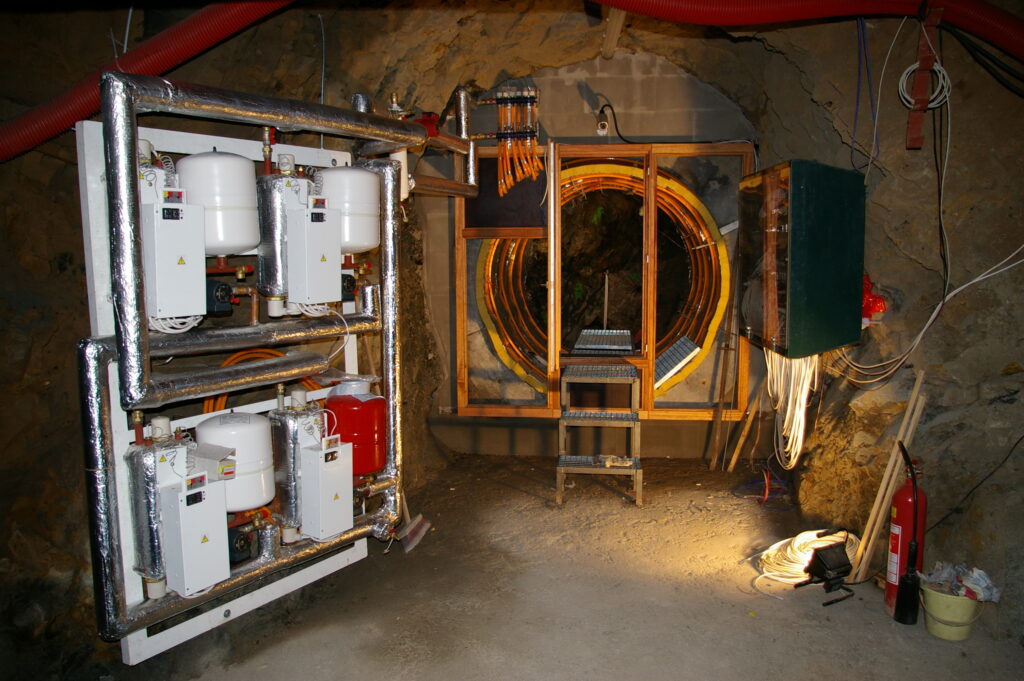
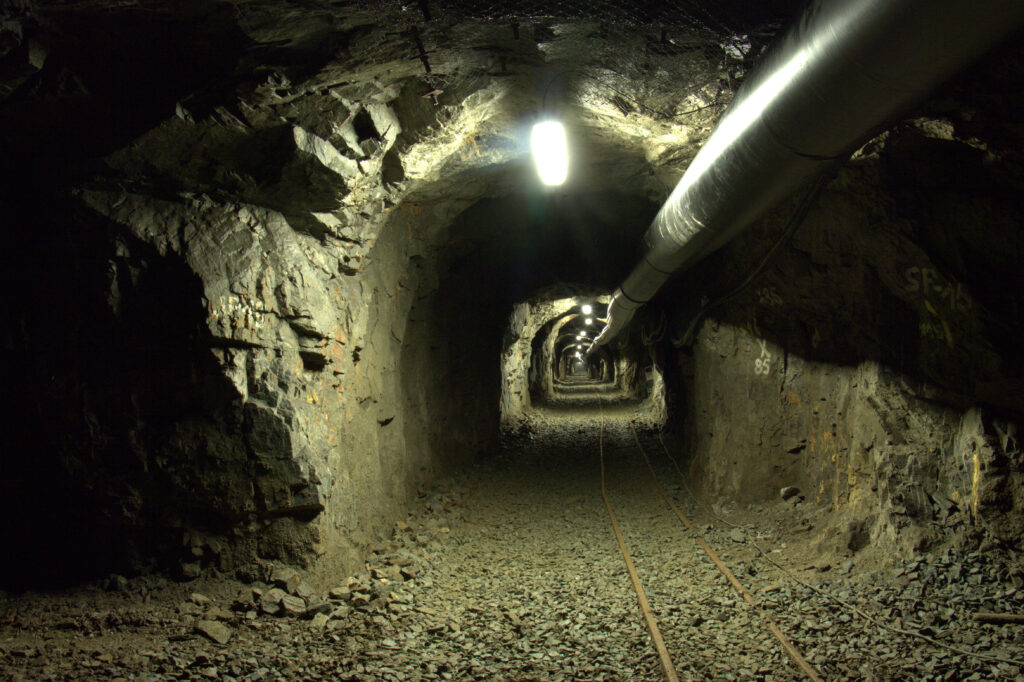
In addition to geotechnics, we are open to discussions on joint projects concerning especially:
- acoustics,
- monitoring,
- the geodesy of underground structures,
- hydrogeology,
- energy and CO2 storage,
- radon-related issues,
- automation and robotics.
A large and unique underground cavern with dimensions of 7×15 m and a height of 40 m (known to staff as the “cathedral”) is a popular feature of excursions for the public. The cavern is also used for teaching and has potential for use by external parties for project purposes.
In addition to joint research projects, outside parties are also invited to present innovative products and to test various technologies using the surface area of the Josef facility, which provides administrative facilities – offices and classrooms, and technological facilities – workshops and laboratories, including the accredited geotechnical laboratory.
We also organise conferences and corporate team building events at the Josef facility.
